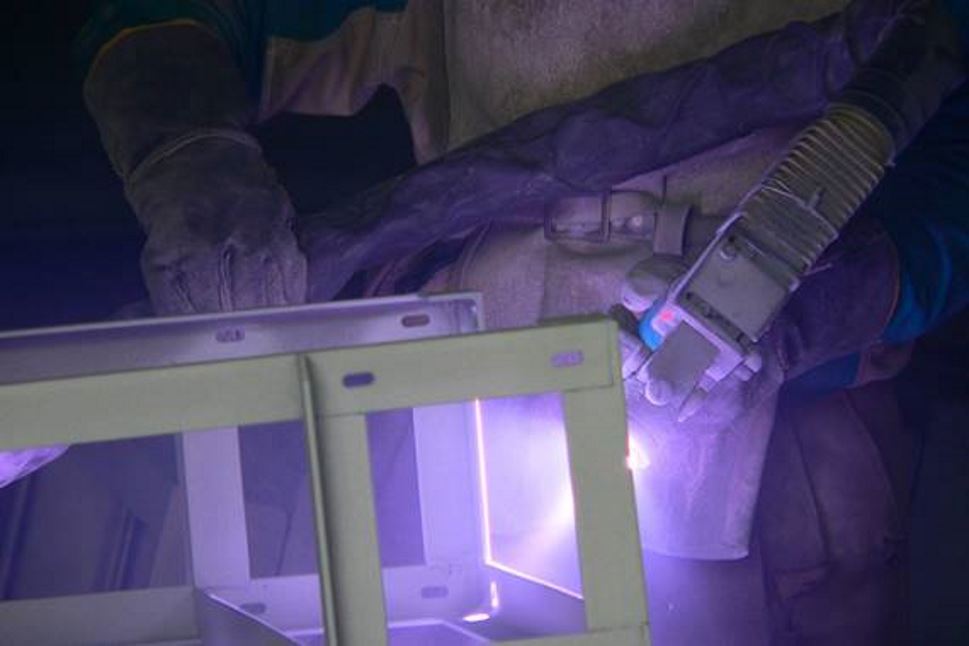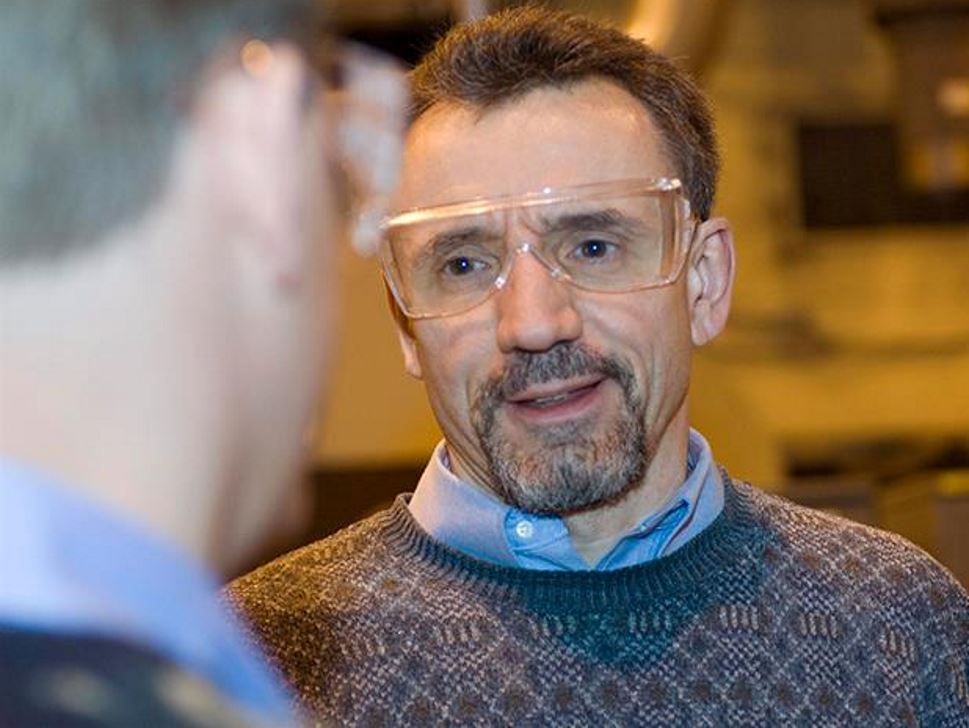
Thermal Spray Process Gases
- Oxygen – to enhance combustion in HVOF and flame spray operations.
- Hydrogen – for generating high heat, low oxidation and high particle velocities; and a process gas in atmosphere plasma spray applications.
- Argon – a primary plasma gas or a secondary gas with nitrogen to increase its energy; and a powder carrier gas for a completely inert environment.
- Helium – high heat transfer coefficient and thermal conductivity; used as a secondary gas with argon in plasma spray applications.
- Nitrogen – a powder carrier gas in HVOF applications.
- Decades of experience – our application engineers can help you select a supply system to meet your pressure and volume requirements.
Get in touch with our technical experts.
Contact Air Products to put decades of thermal spray experience to work for you.
Ask the Expert

Mark Lanham
Applications Engineer, North America
- Because of its higher thermal conductivity, hydrogen achieves the best heat transfer from the flame to the powder particles despite having an overall lower flame temperature in comparison with the conventional hydrocarbon fuels.
- The performance of the HVOF process depends on the type of fuel, stoichiometric ratio, and combustion pressure, as well as gun design features. The ability to run rich hydrogen flows creates a reducing atmosphere, which lowers oxide production and further improves the quality of the coating.
- Due to the complete combustion of the stoichiometric reactants of hydrogen and oxygen, there are no unburned residuals deposited on the coating.
Gases
Argon
Compressed argon gas and liquid argon in a variety of purities and in various modes of supply around the world thanks to our network of storage and transfill facilities.
Helium
An inert gas for cryogenic, heat transfer, shielding, leak detection, analytical and lifting applications
Hydrogen
Valued for its reactive and protective properties, and used by many industries such as electronics, foods, glass, chemicals, refining and more can benefit from its unique properties to improve quality, optimize performance and reduce costs.
Nitrogen
Useful as a gas, for its inert properties, and as a liquid for cooling and freezing. Virtually any industry can benefit from its unique properties to improve yields, optimize performance and make operations safer.
Oxygen
In addition to its use as a respiratory gas for healthcare applications, its strong oxidizing properties benefit many industries by improving yields, optimizing performance, lowering costs and reducing carbon footprint compared to other fuels.

